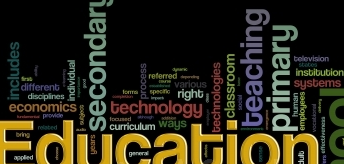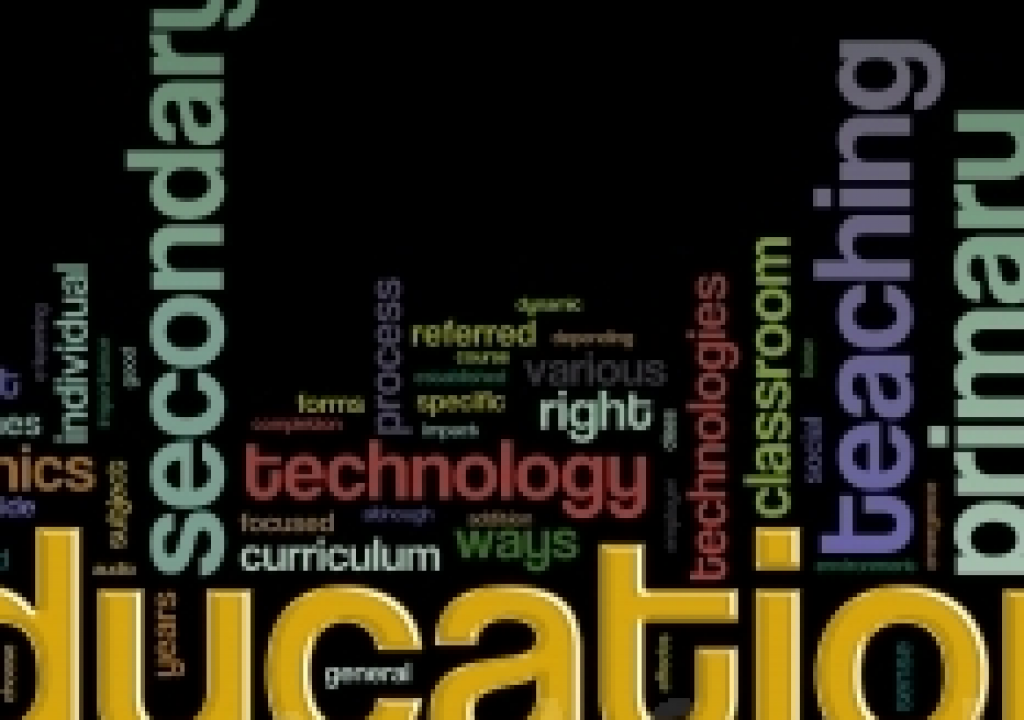
The increasing pervasiveness of digital technologies of late, however, has started to level the playing field and has enabled a more grassroots approach to begin to encroach on the market. Notwithstanding the top-down directives of policy makers at state and national levels, educators have been able, because of the web and our vastly increased connectedness, to take more control over the materials they can find, buy or create that best suit their instructional needs and the needs of their learners.
Take for example the transmedia story, Inanimate Alice (www.inanimatealice.com). Although Inanimate Alice is a title focused on education outcomes right now, it was created as an entertainment property. It's the backstory to a movie and integrated game that has been designed to appear after the 10 planned episodes of the series have been completed. This property crossed over into education thanks to forward-thinking educators around the world who were searching out a new way of reading to better meet the needs of their 21st century learners. What started as a small group has now expanded to educators and learners in over 100 countries. Alice is a trailblazer, I believe, an early and high-quality pointer to the developing concept of the Transmedia LearningWorld. I define a Transmedia LearningWorld as: the use of storytelling techniques combined with the use of multiple platforms to create an immersive learning landscape that enables multivarious entry and exit points for learning and teaching.
Traditionally education has been a challenging industry to break into. However these recent developments have really begun to open the door for all to enter this space. In an effort to make education more efficient, the Common Core State Standards were created. Although their implementation has attracted controversy across the country, there now exists a single set of clear educational standards for kindergarten through 12th grade in English language arts and mathematics. In addition, President Obama has just announced his new ConnectED plan which is set to connect 99 percent of America’s students to high-speed Internet within the next five years, as well as provide teacher training and funding for delivering a high quality digital education. In 2011, at an event organized by the Aspen Institute, United States Secretary of Education, Arne Duncan stated that 'common standards will produce technological innovations in schools'. Also in attendance at the event was Gene Sperling, a former top adviser to the Clinton administration and current director of the White House's National Economic Council. Referring to video games and entertainment, Sperling was shocked that 'none of the genius could be turned' to schools. The lack of standards has been at the heart of such shortcomings.
When I consider the transmedia world, I agree with Duncan, that the Common Core Standards can now be the foundation for a much more coherent and innovative drive by the sector aimed squarely at stimulating academic gains across the country’s schools. As Duncan himself added, with a common measuring stick and common standards, the market becomes much more attractive for those geniuses on the entertainment side to get into the education sector. This opportunity to enter the educational market, a market that has been dominated for so long by the big print textbook publishers, must be ignored. The Common Core Standards will allow projects to be developed and distributed across the whole country – a state of affairs that is world away from the prevailing situation caused by the myriad and mixed up standards from state to state. It will be easier now to demonstrate that meaning and learning can powerfully coexist. The US Department of Education, the National Educational Technology Plan, and the Common Core Standards are an open door inviting creators to cross through, as echoed in Duncan’s comments.
Digital technologies as well as changes to the infrastructure across the United States education system has created a great new opportunity for media professionals and producers of content not only to get their products in front of teachers and parents and learners directly, but also to leverage their content across multiple media platforms, creating additional revenue streams for the sector.

